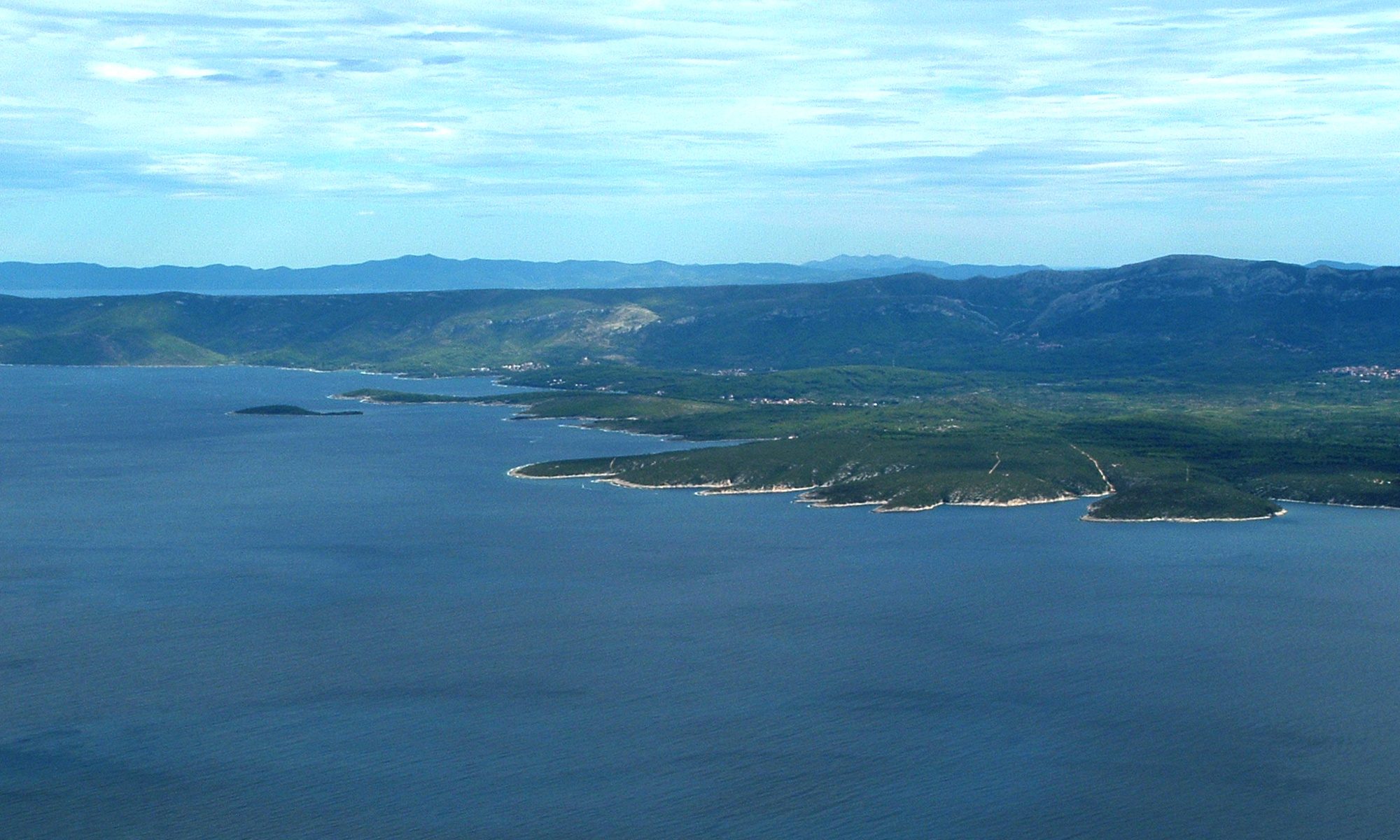Designing 3D Terrain Maps
Tom Patterson | US National Park Service
Keywords: 3D, terrain, scene setup, camera settings, illumination, horizon and sky, sun glints
Nowadays, despite the ubiquity of automated 3D maps provided by technology companies such as Apple and Google, knowledge about designing 3D terrain maps is still generally lacking in the cartographic community. My talk will provide practical advice about designing obliquely-viewed 3D terrain maps for use on static computer displays or in print. The emphasis is on small-scale views of mountainous landscapes without buildings and other cultural minutiae.
I will start with cautionary advice on whether to attempt 3D terrain mapping, which requires considerably more time and expense than planimetric mapping of the same area. The availability of good data, terrain that is suitable for 3D depiction, and the map purpose are all factors in this decision.
Next, I will discuss scene setup. Once a digital elevation model is loaded in your 3D software, adjusting the virtual camera for direction of view, pitch, and lens focal length are key considerations. Another critical decision is whether the 3D map should include a horizon and sky, elements that take up precious space on the page and that may not be necessary. Illumination must take into account the dominant terrain structures and whether the terrain is draped with imagery containing embedded cast shadows. The amount of vertical exaggeration affects how dramatic the terrain will appear, and realistic.
I will wrap up with a discussion of graphic embellishments to 3D terrain maps, all of which are performed in Adobe Photoshop. Topics include background haze and foreground shadows, sun glints on water surfaces, clouds, and horizon curvature.
